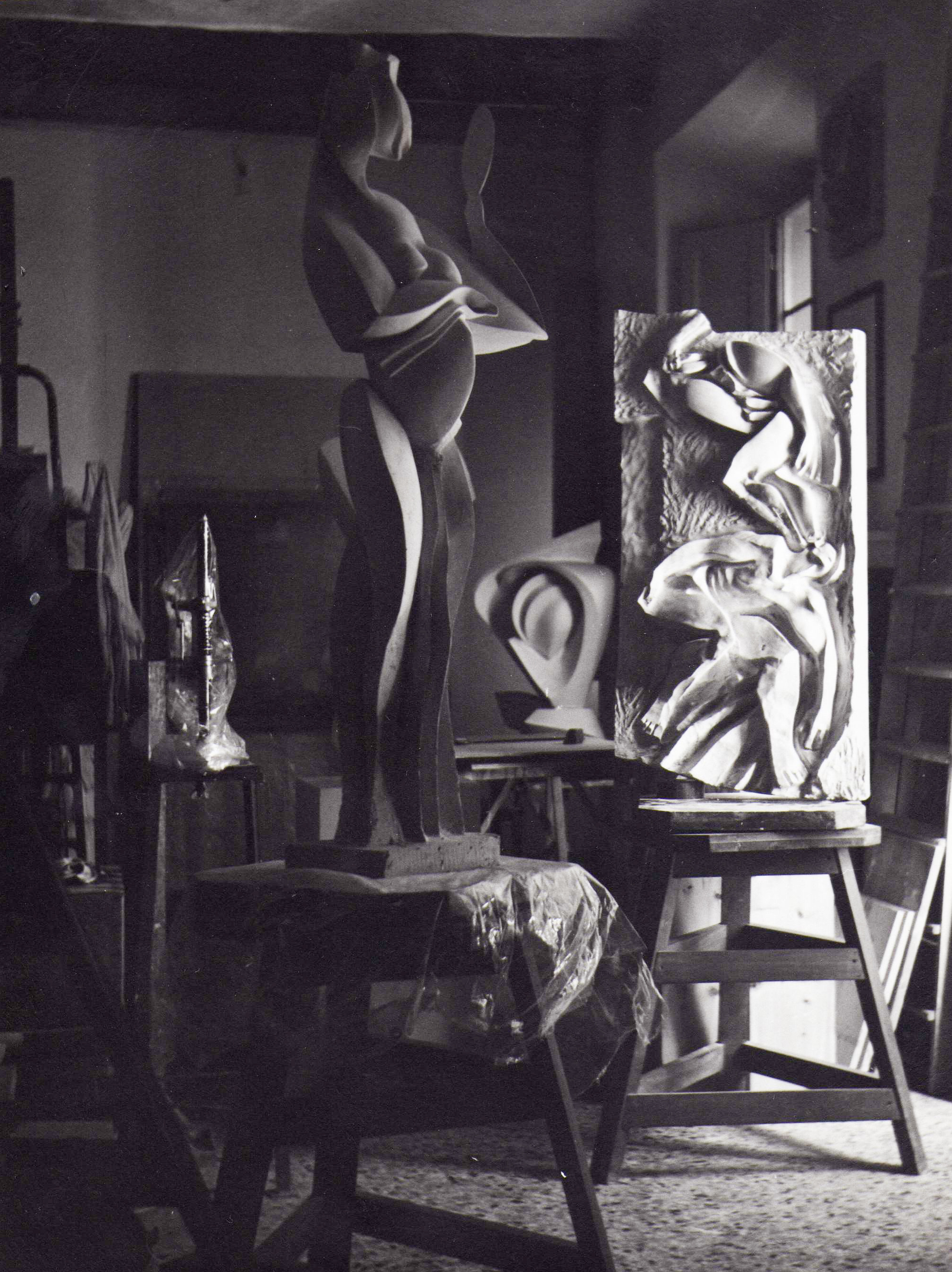I was born in Bologna (Italy) in 1942, and therefore grew up and studied at a time when art had exhausted the modernist parable. Unforgettable masters taught at the artistic high school: now ageing, they were what had once been the artistic school of ‘well doing’, interpreting the end with composed resignation. At the academy on the other hand – where I gained my diploma in sculpture – there was a general feeling of ‘and just what do we do now?‘, with apodictic theses traceable to the concept that just about everything is fine as long as it is not figurative. The lexis changed too, with the use of scientific vocabulary, the reason why one did not study, but rather researched, and the beautiful and the ugly no longer existed, merely the more or less interesting. Above all, there was a gradual stirring of the fastidious impression that whatever the product were to be in the end, the only metre by which it would be measured, would be that of its commercial success. In my unease, there was a sole certainty: sculpture was in no way a dead language.
Despite its physical nature, sculpture speaks a subtle language that may escape many due to the invasiveness of its being that takes up and treacherously removes space from the physical world in which we live. Matter in itself opaque, and yet living: in light (as in Medardo Rosso or Fontana), or in form (as in Arp or Viani), but which, precisely because of its lack of clear self revelation), may become disagreeable and difficult. Its beyond, to a distracted gaze, is less captivating and persuasive than that provided by a painting, just as its configuration in place always being, has encouraged its didactic and instrumental use. But sculpture, like an enchanted mountain, has neither start nor end: a thank you thus from a sculptor to all sculptors who, despite so many misunderstandings and restrictions, have always known how to take the infinite paths.


